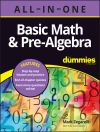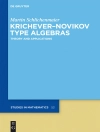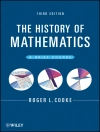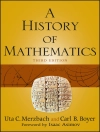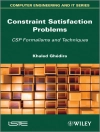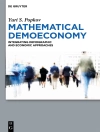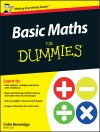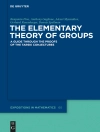Brownian motion is one of the most important stochastic processes in continuous time and with continuous state space. Within the realm of stochastic processes, Brownian motion is at the intersection of Gaussian processes, martingales, Markov processes, diffusions and random fractals, and it has influenced the study of these topics. Its central position within mathematics is matched by numerous applications in science, engineering and mathematical finance.
Often textbooks on probability theory cover, if at all, Brownian motion only briefly. On the other hand, there is a considerable gap to more specialized texts on Brownian motion which is not so easy to overcome for the novice. The authors’ aim was to write a book which can be used as an introduction to Brownian motion and stochastic calculus, and as a first course in continuous-time and continuous-state Markov processes. They also wanted to have a text which would be both a readily accessible mathematical back-up for contemporary applications (such as mathematical finance) and a foundation to get easy access to advanced monographs.
This textbook, tailored to the needs of graduate and advanced undergraduate students, covers Brownian motion, starting from its elementary properties, certain distributional aspects, path properties, and leading to stochastic calculus based on Brownian motion. It also includes numerical recipes for the simulation of Brownian motion.
Innehållsförteckning
1 Robert Brown’s New Thing
2 Constructions of Brownian Motion
3 Brownian Motion in Rd
4 The Canonical Model
5 The Variation of Brownian Paths
6 Regularity of Brownian Paths
7 Brownian Motion as a Martingale
8 Brownian Motion as a Markov process
A Semigroups, Generators and Dirichlet forms
B Brownian motion and Boundary value problems
9 Stochastic Integrals: L2-Theory
10 Stochastic Integrals: beyond L2
11 Itô’s formula
12 Applications of Itô’s formula
C Elementary Theory of Stochastic Differential equations
D Introduction to Brownian local times
E Numerical Simulation of Brownian paths and Monte-Carlo methods
Appendix
1 Kolmogorov’s Existence Theorem
2 From Discrete to Continuous-Time Martingales
3 Stopping and Sampling
Om författaren
René L. Schilling and
Lothar Partzsch, Dresden University of Technology, Germany.


